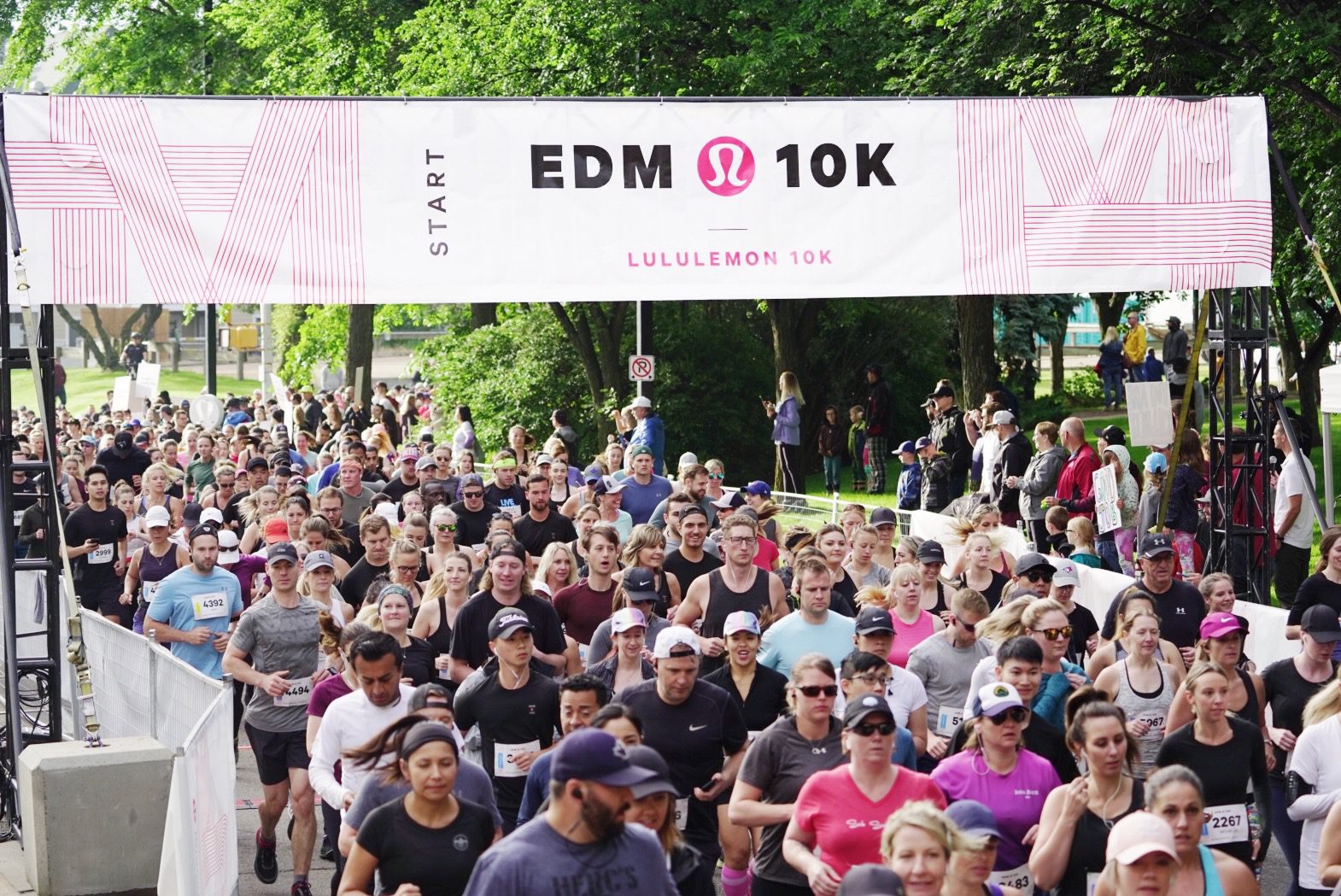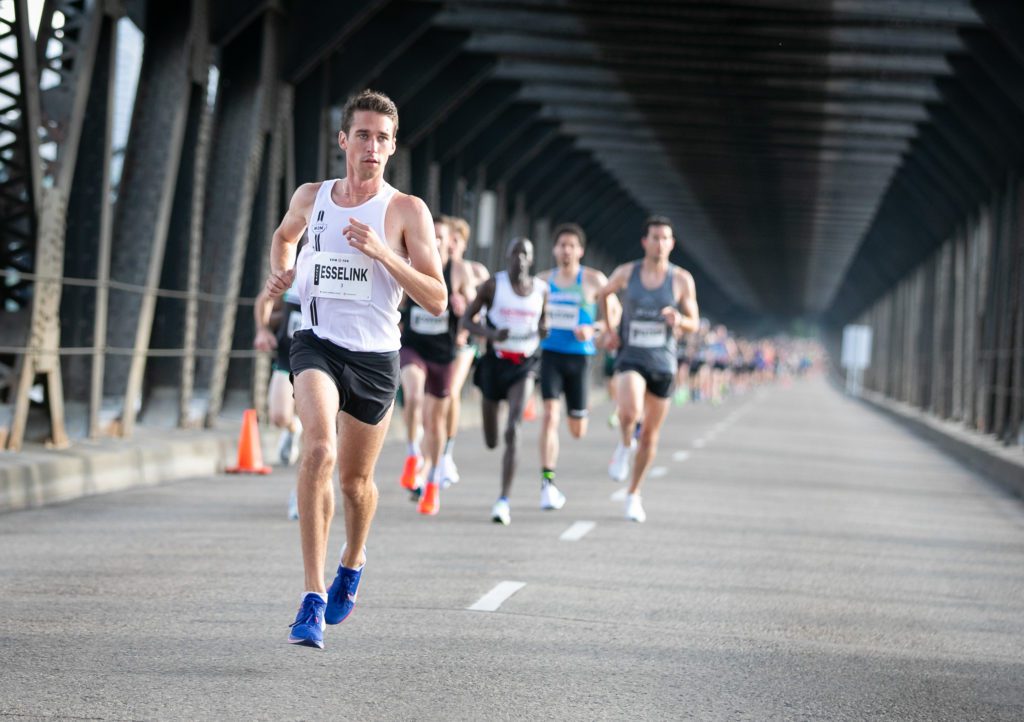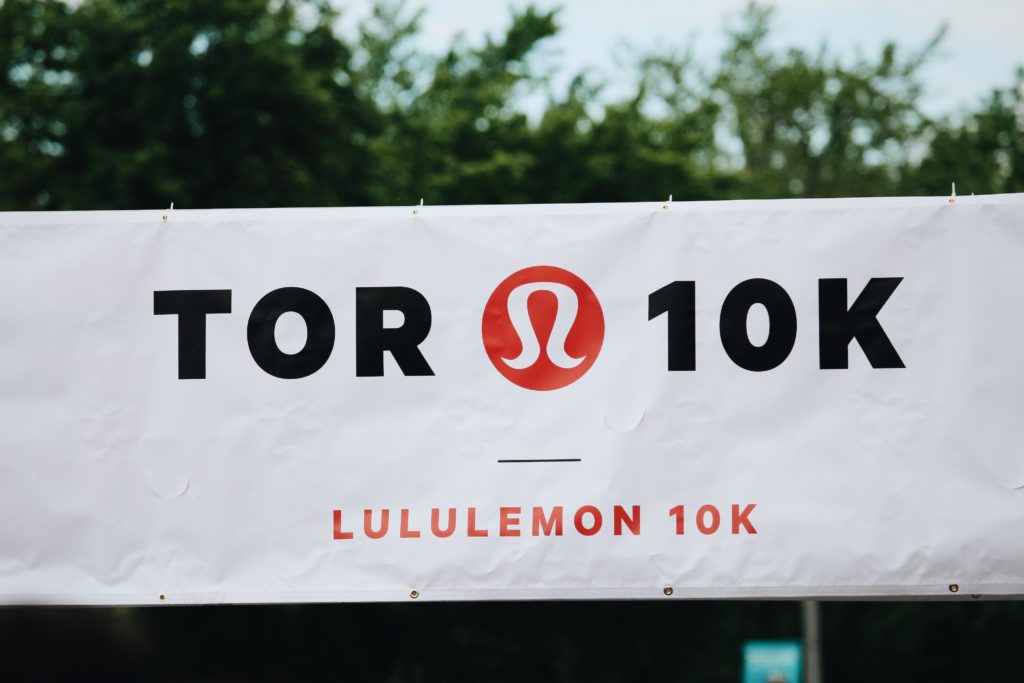Workouts to break an hour in the 10K
Tips and tricks for improving your 10K time

If you’re looking to accomplish a running goal this fall, training to run a fast 5K or 10K is a great option. It’s probably an event that you haven’t run in a while (so it’s basically an automatic personal best) and is also much easier to complete solo than a marathon. If you’ve got a 10K in the books, here are some workouts to get you ready to tackle the distance.

RELATED: Workouts to break 20 minutes in the 5K
Rob Watson is the head coach of the Mile2Marathon Vancouver chapter. He says that lots of runners are interested in running shorter distances right now, which he thinks is great: “Running lots of distances is valuable to running in general. People can forget that there are more distances than just the marathon.” Watson outlined some of his favourite 10K workouts, which he recommends runners cycle through a couple of times during their build. “These are good workouts to keep in your back pocket,” he says.
Runners can do one or two of the workouts below, in addition to a couple of easy runs per week.
Strength-based workouts for the 10K
The workout: 5K tempo run plus 3-5 x 1K
The pacing: Start closer to half-marathon pace (i.e. slower) for the tempo. Take a five-minute set rest before finishing it off with your 1K intervals at your 10K goal pace. Take three minutes between each kilometre. If you’re looking to run a sub-50 minute 10K, opt for 5K of tempo. If you’re aiming to break the one-hour barrier, tempo for 20 minutes (however far that gets you).
Watson says this workout puts a little fatigue in the legs before changing pace to run faster. “Basically, you’re running 10K pace while carrying some stress. For a lot of people, if I give them kilometre repeats at 10K pace, they do them too fast. This is why I like to give a little volume at first. It helps with pacing, and it helps people to learn about running on tired legs.”
https://www.instagram.com/p/CBuEI0QnmS0/
Speed work for the 10K
The workout: 16 x 400m
The pacing: Runners should start this workout at 10K goal pace, but keep in mind that the first half should feel comfortable, but when you get to the back end of the workout, it’ll be hard. Take 90 seconds rest or a 200m jog between each rep. If you don’t have access to a track, you can just run 90 seconds at goal pace, followed by 90 seconds easy. The goal is to work down to 5K pace by the final four repetitions.

1K repeats
The workout: 8 x 1K with two minutes rest at 10K goal pace (plus or minus a couple of seconds)
The pacing: This is the sweet spot between a four- and five-minute interval. Runners need to make sure they keep the pace close to 10K effort. Watson says that this workout is particularly good for practising patience. “It’s almost like breaking the race down into little segments. The first few reps should feel good, but give it time. Each kilometre will get harder, and by the end you’re having to dig to maintain the same effort. It’s physical, but it’s also mental learning when it comes to pacing. You have to be smart and patient early on in a race, so these workouts address both mental and physical strength.”
RELATED: A runner’s perspective: what it’s like to re-enter lockdown

